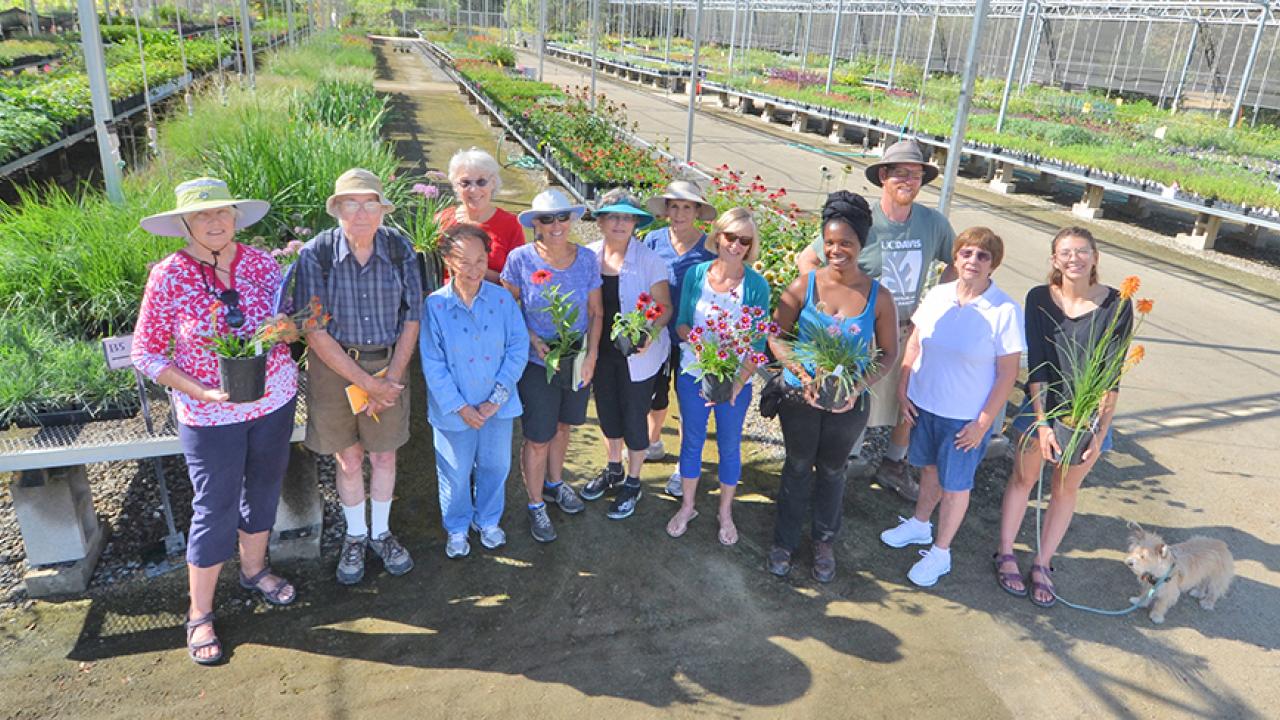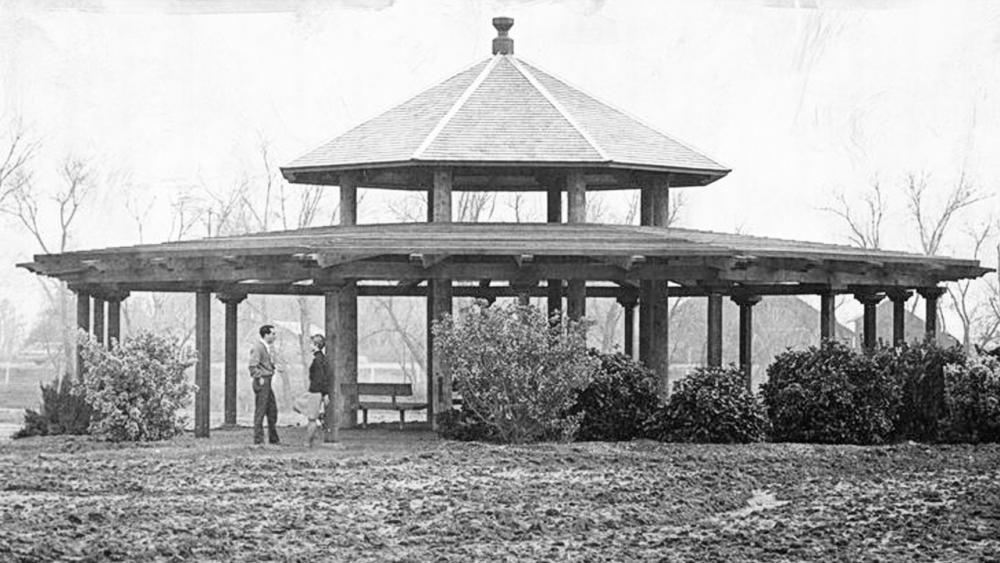
UC Davis Arboretum and Public Garden celebrates 50 years of support from Friends members, invites others to join
UC Davis Arboretum and Public Garden celebrates 50 years of support from Friends members, invites others to join

This year, UC Davis celebrates the golden anniversary of the Friends of the UC Davis Arboretum and Public Garden (aka the Friends), the organization that, according to the “Readers’ Choice 2021 The Best of Yolo County,” supports the area’s best “Shelter-at Home Escape.”
A 50-year-anniversary milestone, while significant in any circumstance, is especially momentous as the world begins to emerge from a pandemic that shined a spotlight on the importance of nearby nature and outdoor recreation as one of the only allowed respites from in-home isolation. The Friends anniversary also happens to coincide with the 85th anniversary of the founding of the UC Davis Arboretum itself.
“As those who visited the Arboretum during this last year saw, our community relies on having access to outdoor resources like this one,” said Ann Trump Daniel, president of Friends of the UC Davis Arboretum and Public Garden.
“We were flooded with visitors who obviously appreciate the resource, but probably don’t know much yet about its history, or that it almost went under at one point.”
Founded in 1936, the Arboretum did not see much development until the 1960s — with the establishment of the Peter J. Shields Oak Grove, the Eric E. Conn Acacia Grove, the Carolee Shields White Flower Garden and Gazebo, the Wyatt Snack Bar (now known as Wyatt Deck) and Lake Spafford (near Mrak Hall).

Then, shortly after this decade of growth, “the ax fell,” as described in a 1997 UC Davis Magazine article, “In Our Own Back Yard: A History of the UC Davis Arboretum,” by Barbara Anderson.
It was late March 1971 when the university’s budget cuts eliminated funding for the Arboretum, crushing its original goals to preserve the Putah Creek channel, to research the value of Mediterranean-type plants for use in Central Valley gardens, to provide specimens for teaching and research, and lastly, to serve as a recreation area. Enter the Friends.
While there was an early group of supporters, particularly for the creation of the Peter J. Shields Oak Grove that was dedicated in April 1962, it was not until a few years later that the Friends received designation as an official university support group in order to pursue public fundraising. The timing worked well.
On May 4, 1971, the bylaws for the official fundraising group were approved, and it was then able to raise the money and volunteer support necessary to get the Arboretum through a year with no funding and successfully campaign to get its budget reinstated.
“It wasn’t easy, and the Friends weren’t the only ones who helped,” Daniel said.
According to Anderson, letters of protest were received from other UC campuses, garden clubs, the California Association of Nurserymen, the California Native Plant Society, and the campus’s own academic staff and students, but mostly it was the Friends that saved the Arboretum.
Added Daniel, “From the very first sale of iris rhizomes harvested from the Arboretum’s collections, to the first Plant Faires on the lawn in front of Arboretum headquarters in 1974, to today’s seasonal fall and spring plant sales that attract over 8,500 customers to the Arboretum Teaching Nursery annually, Friends members and volunteers have been there for the Arboretum over the course of the last 50-plus years.”
The Friends support continues to expand and now includes annual fundraising initiatives and endowments, including a volunteer program that provides more than 26,000 hours annually to landscape maintenance and seasonal plant sales (now online in response to the pandemic).
It is efforts like these that landed the Friends in elite company, as an inaugural member of the Chancellor’s Laureate, recognizing individuals and organizations for cumulative donations of $1 million or more to university programs.
“Anyone who appreciates the UC Davis Arboretum and Public Garden as a resource for our community can become a Friends member,” Daniel said. “It’s easy, and the annual membership gift provides multiple benefits to the member and the organization.”
While many membership programs at botanical gardens and museums offer free or discounted admission to visitors, that perk is not necessary when year-round entry to the Arboretum is already free to everyone. Instead, a variety of other incentives are offered, including discounts at the group’s popular plant sale fundraisers and free admission to other local and national museums and gardens.
“Like NPR or PBS, it isn’t necessary to become a Friends member to enjoy the resource,” Daniel said. “But we hope many do in order to honor the importance of this place to our region, as well as to the faculty and students it serves.”
Friends membership gifts also support the Arboretum and Public Garden’s many free educational events, the care and growth of its gardens and collections and the entity’s innovative environmental leadership program, Learning by Leading.
“We are thrilled to be honoring the fiftieth anniversary of this incredible group,” said Kathleen Socolofsky, assistant vice chancellor and director of the Arboretum and Public Garden.
“Their role in the longevity of this campus and community resource cannot be overstated, and their involvement developing, maintaining, and continuing to support this organization remains critical, especially during times like these. Please join us in celebrating them.”
To commemorate the Friends’ contributions to the community, anniversary organizers invite anyone who loves and appreciates the Arboretum and Public Garden, which encompasses most campus outdoor spaces including the historic 100-acre Arboretum and Putah Creek Riparian Reserve, to participate in the celebration of the Friends 50th Anniversary.
There are a variety of ways to get involved, including:
- Add your story to the Friends’ Memories Project, online.
- Share social media posts with the hashtag #Friends50th
- Donate to the Friends’ Annual Appeal.
- Become a Friends member.
Learn more about these initiatives and the history of the Arboretum on the Friends’ 50th anniversary website.
